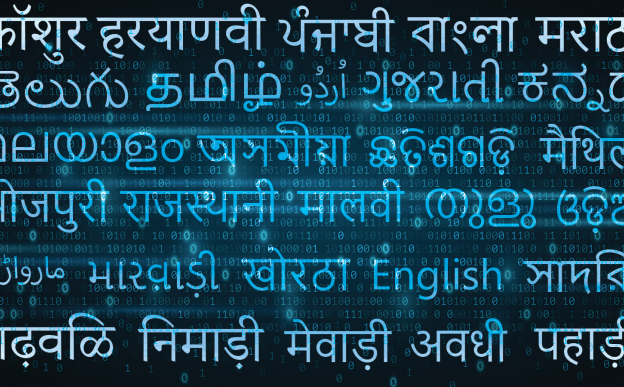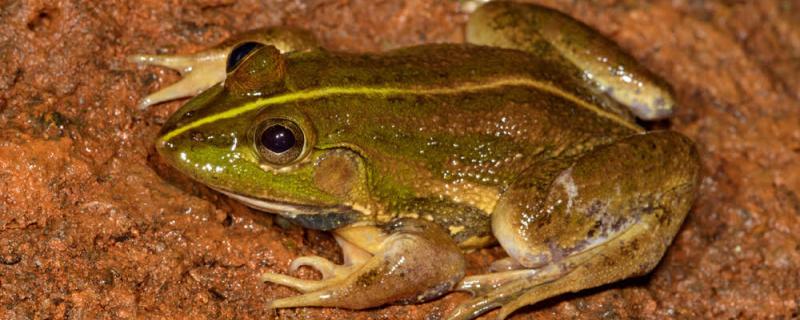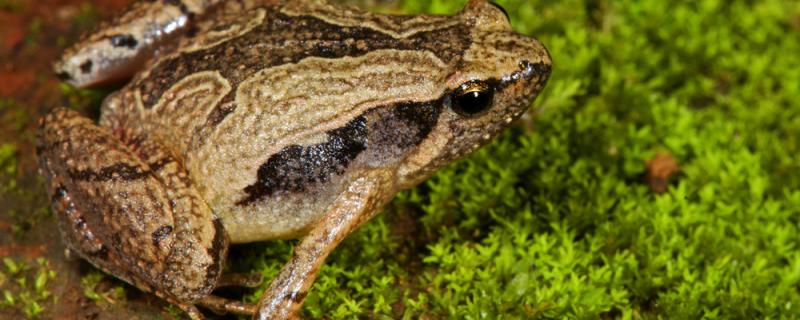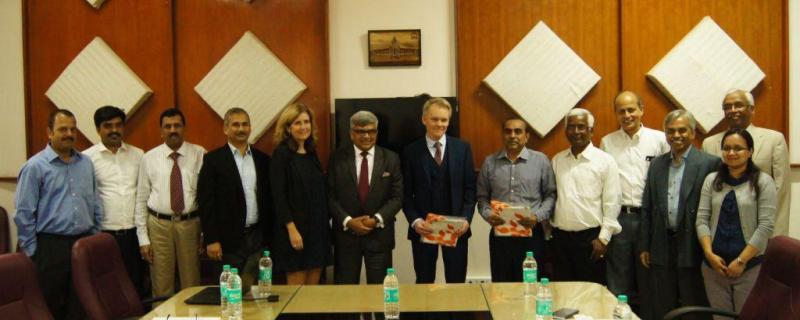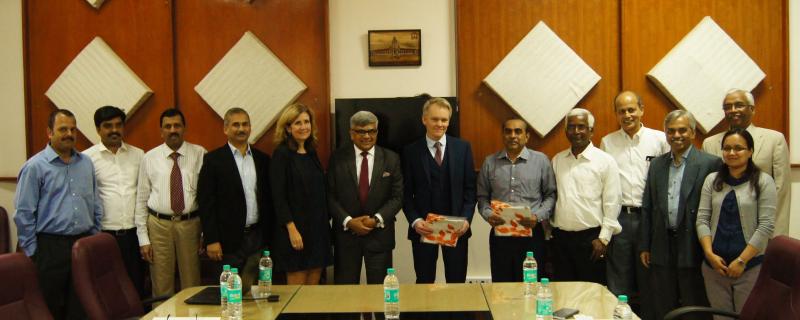The world is definitely getting hotter, thanks to climate change – the topic that is hottest at the moment! What responsibilities do scientific institutes and businesses have, to make this world a cooler place, quite literally? Who can explain this better than Ms. Gilbert, Head of Policy at the Grantham Institute - Climate Change and Environment at Imperial College London! Ms. Gilbert is engaged in connecting relevant research across universities with policy-makers and businesses. In a candid interview during her visit to the Divecha Centre for Climate Change at the Indian Institute of Science, she opens up on her role and its challenges, the opportunities this situation presents, and her opinions on actions that need to be taken in tackling climate change.
ఐఐటీ బాంబే, ఐఐటీ మద్రాస్ మరియు ఐఐఐటి హైదరాబాద్ పరిశోధకులు కలిసి ఆంగ్లం నుండి అనేక భారతీయ భాషలకు స్పీచ్-టు-స్పీచ్ యాంత్రిక అనువాదం (SSMT) వ్యవస్థను రూపొందించారు.
ముంబై/
